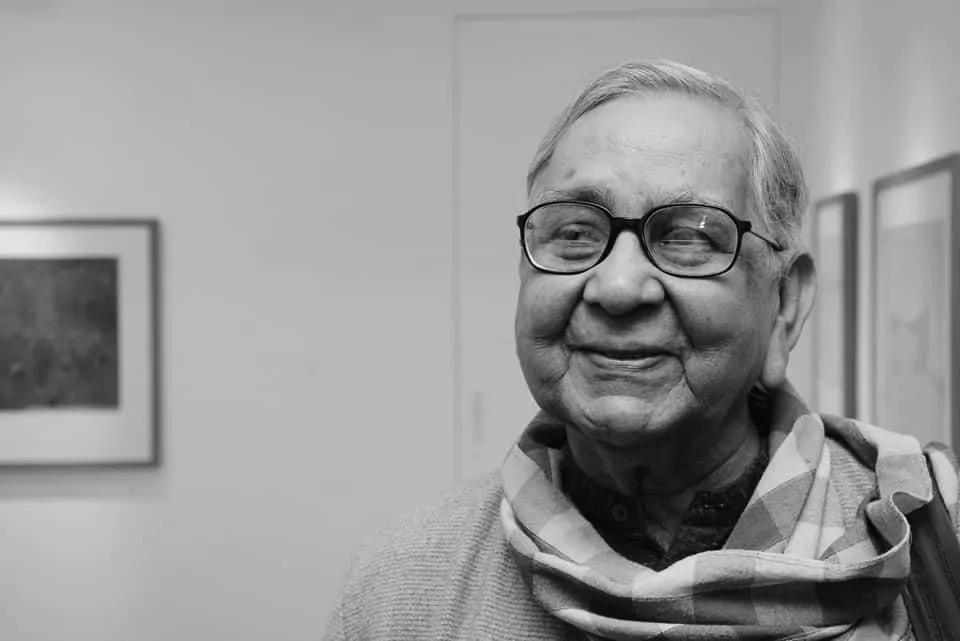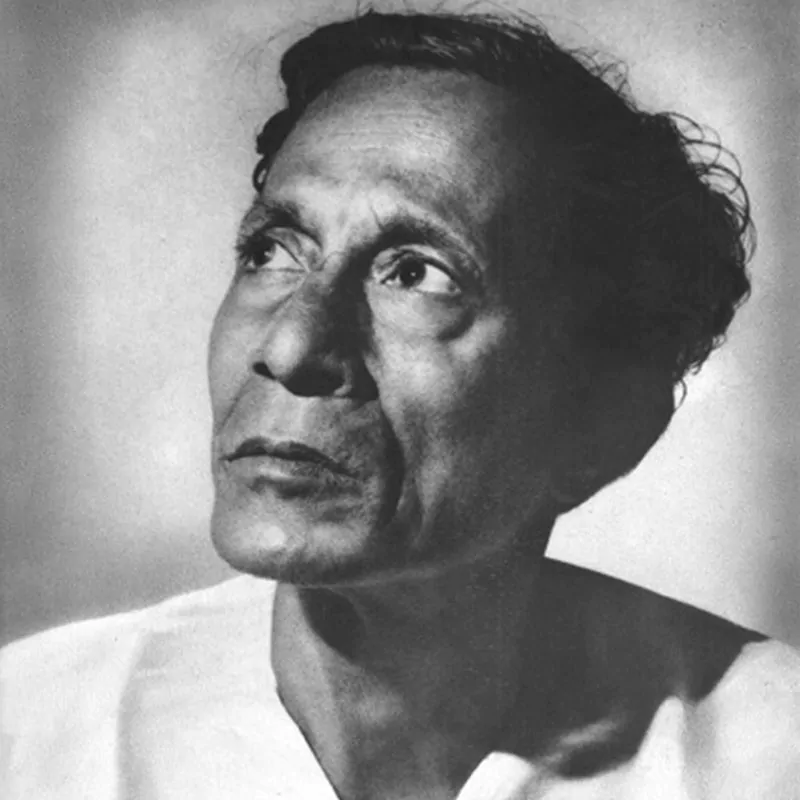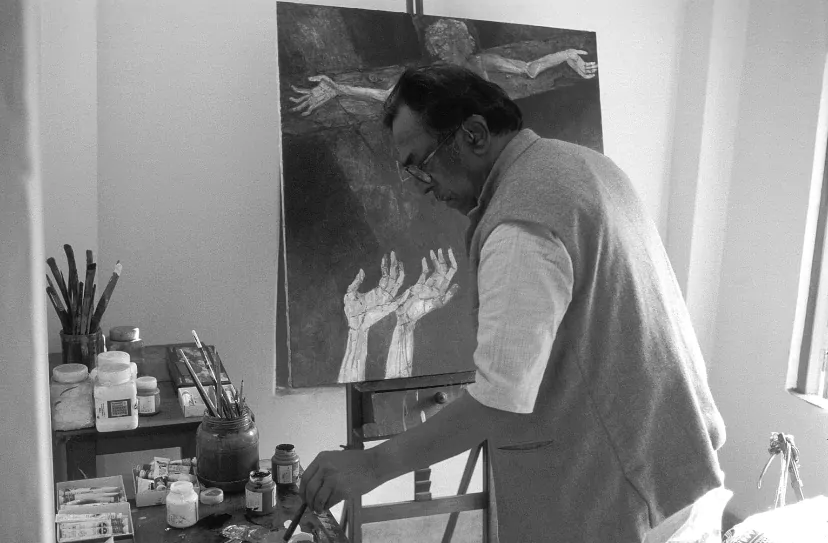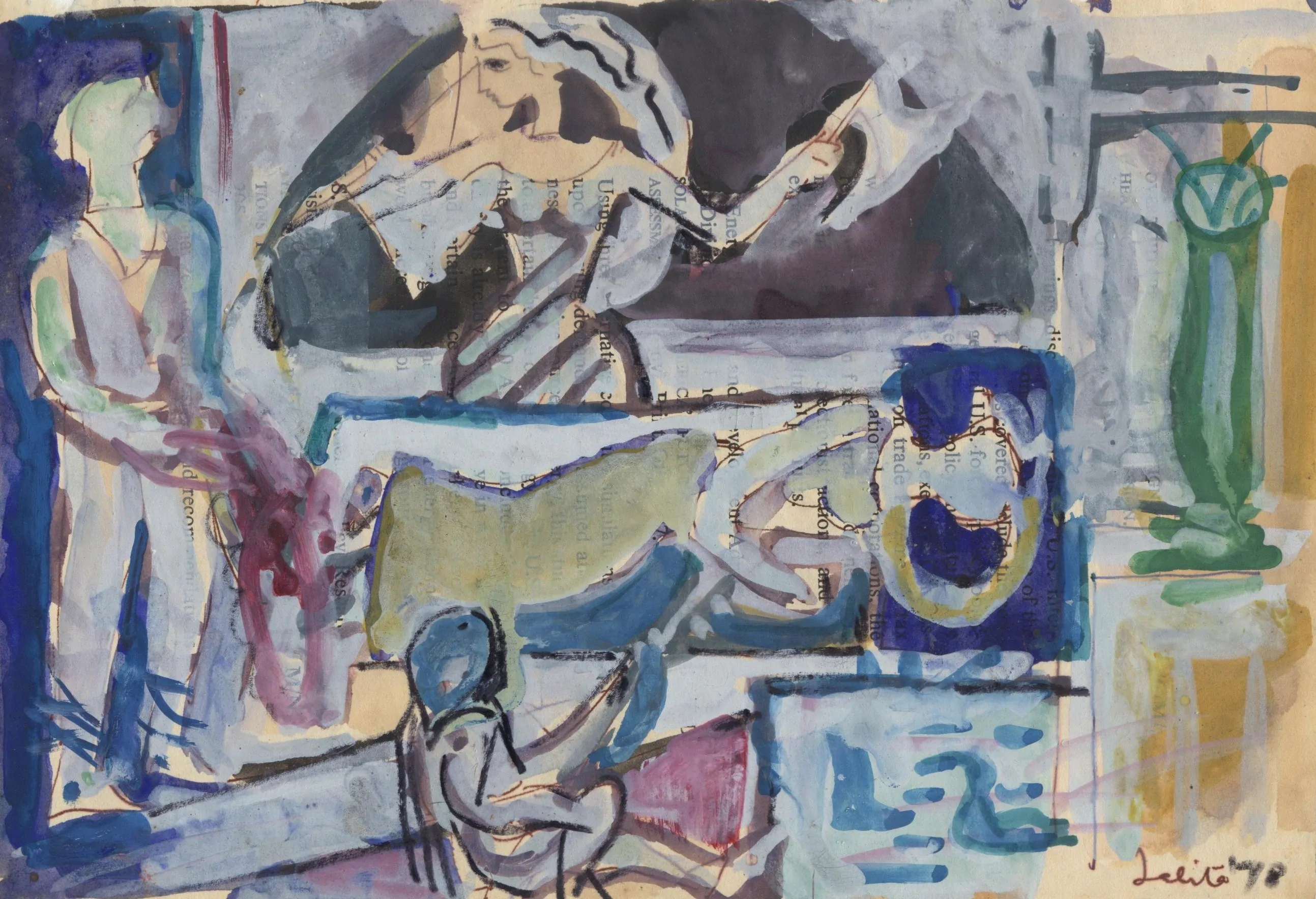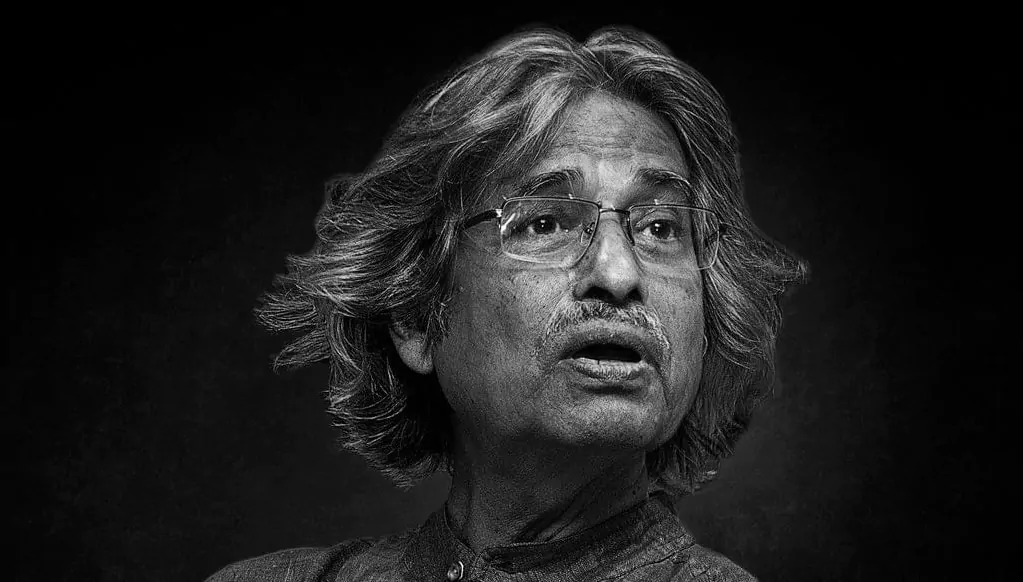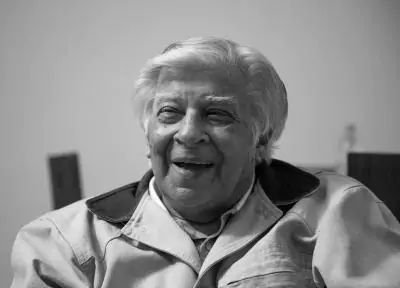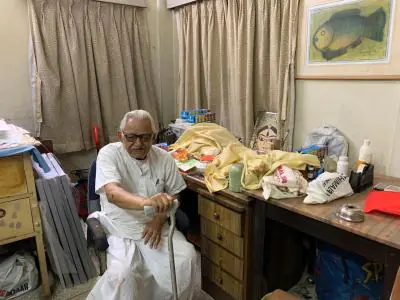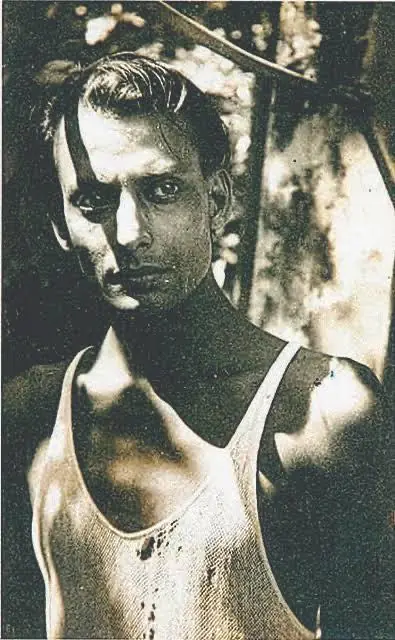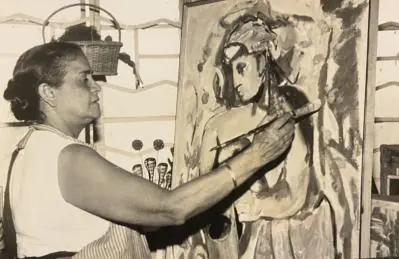Modern Art
The Landscapes of Gopal Ghose.
A brief insight on the landscape paintings of Gopal Ghose.
Shyamal Dutta Ray: Watercolour Maestro.
A brief understanding on the art of Shyamal Dutta Ray.
The Majumdar Siblings.
Understanding the artistic and literary works of Kamal Kumar Majumdar, Nirode Mazumdar and Shanu Lahiri.
Jogen Chowdhury-A Man of All Seasons.
A critical appraisal of Jogen Chowdhury's Work.
Krishen Khanna: Last Man Standing
A brief appraisal on Krishen Khanna.
The Babu Culture: Through Lalu Prasad Shaw
A critical appraisal of Lalu Prasad Shaw.
Chittraprosad's Agitprop.
A critical overview on Chittaprosad Bhattacharya.



